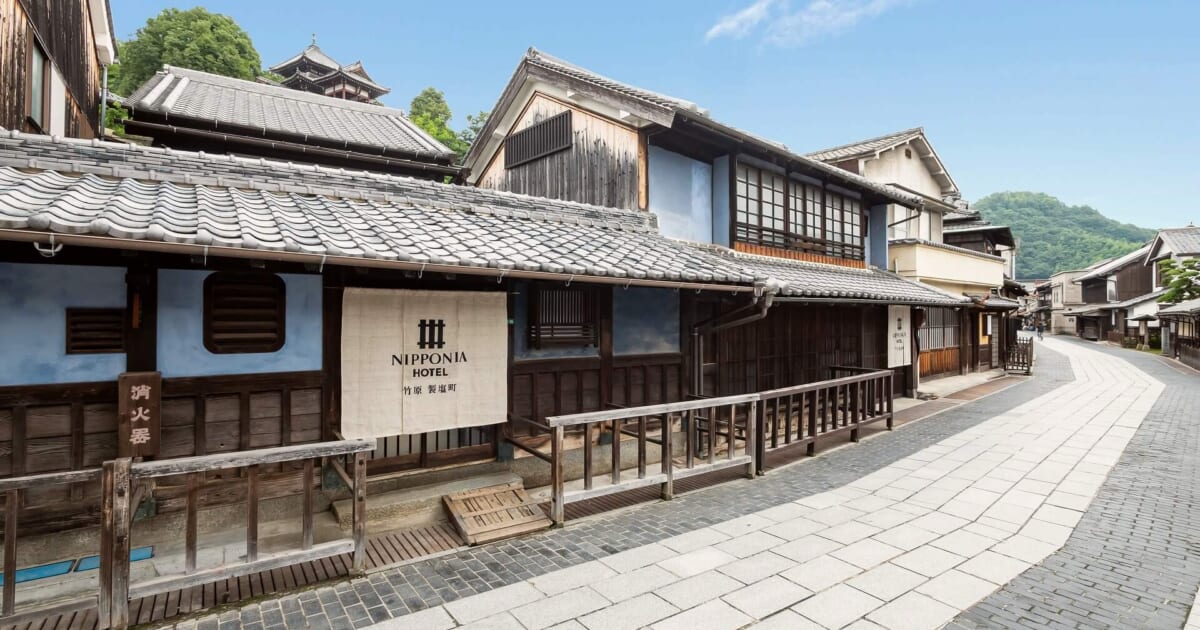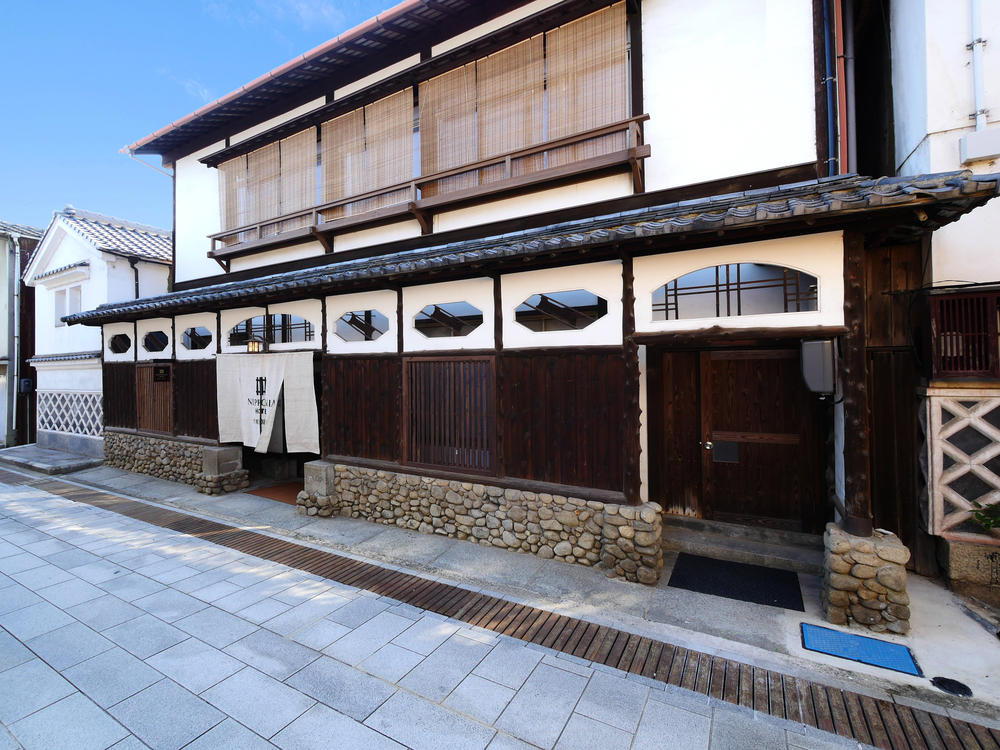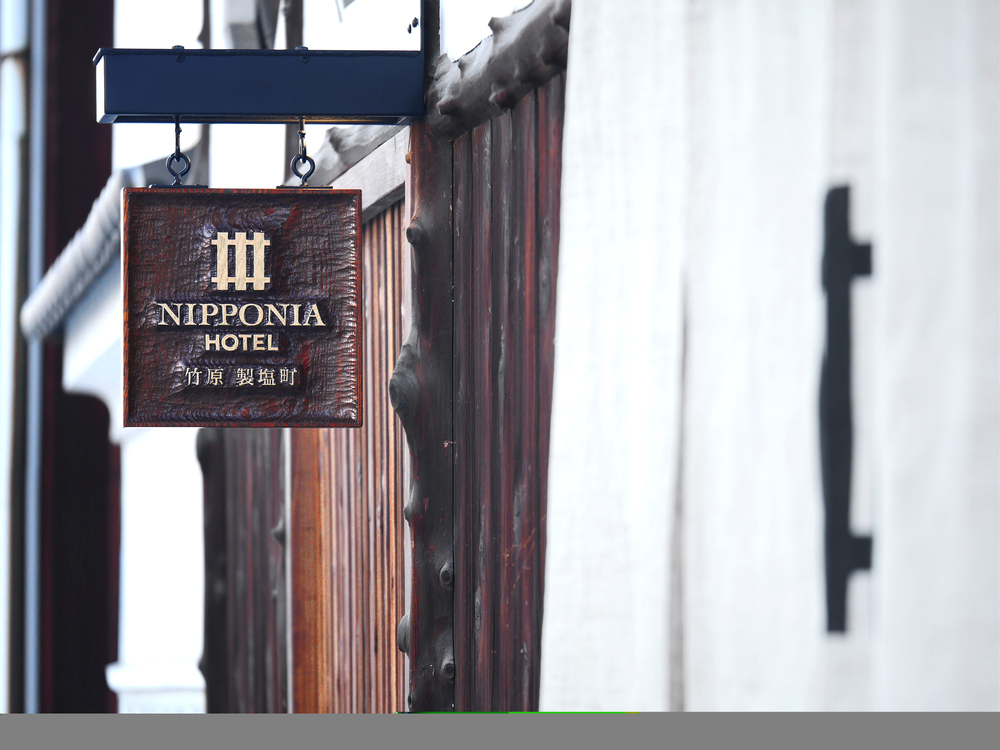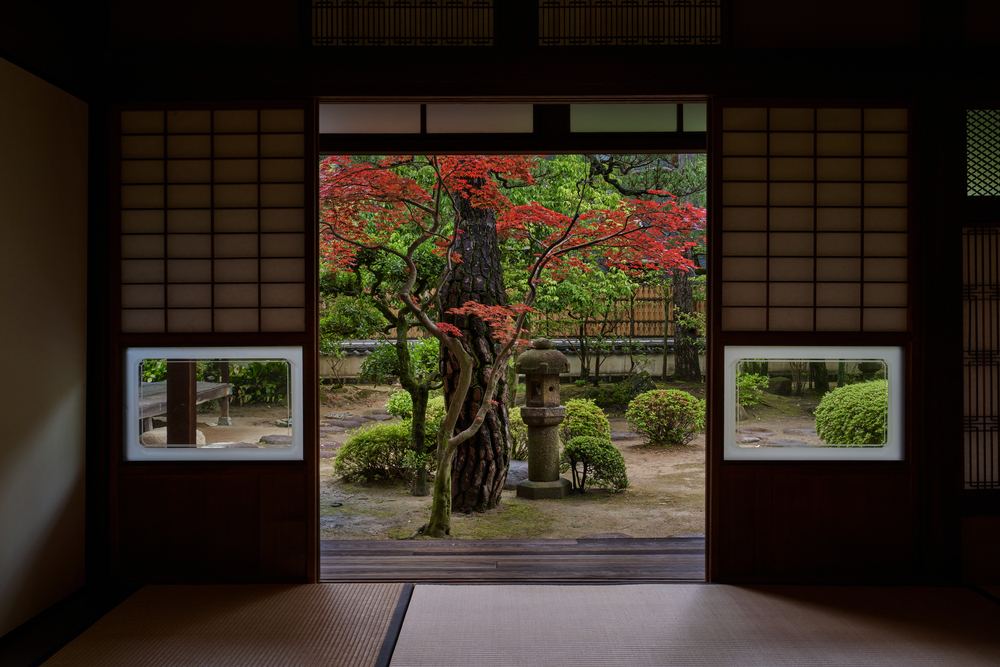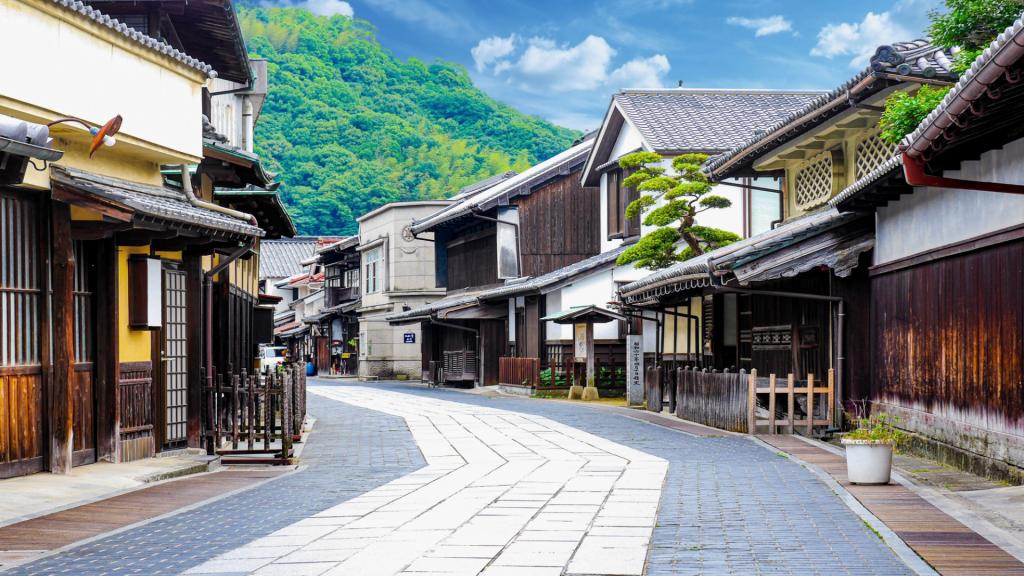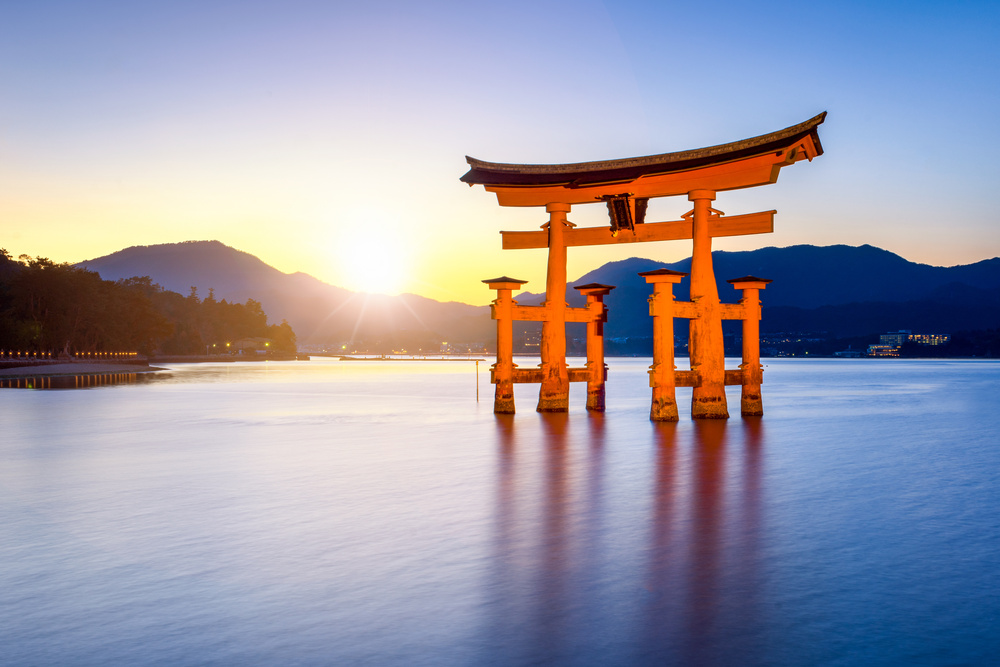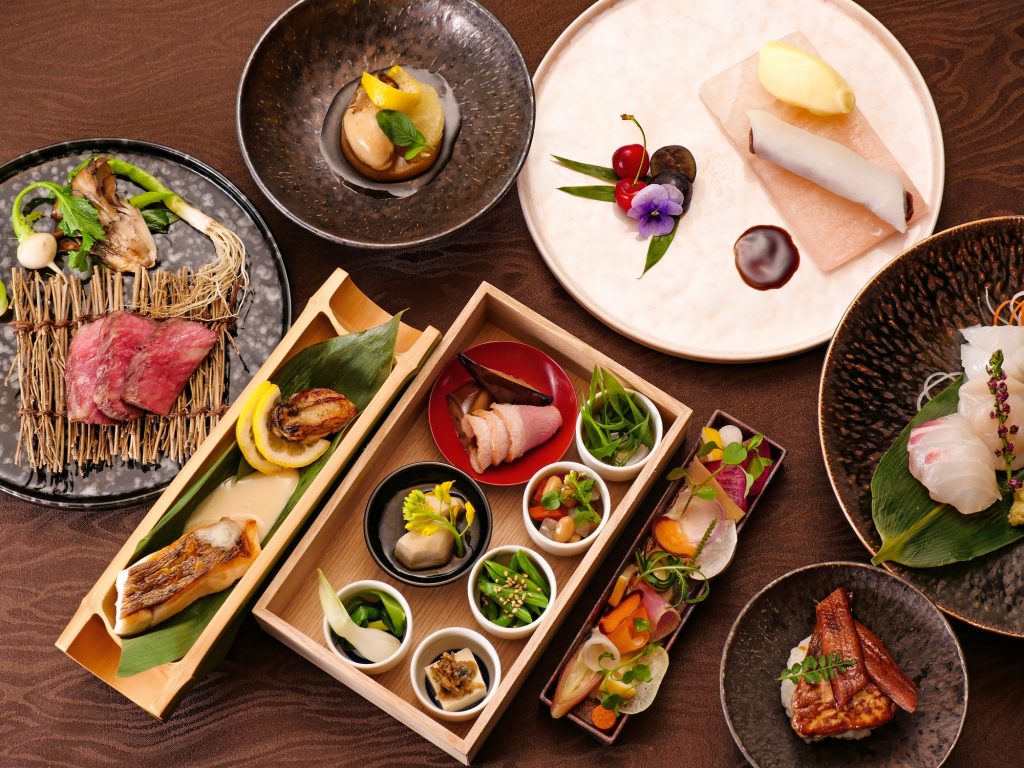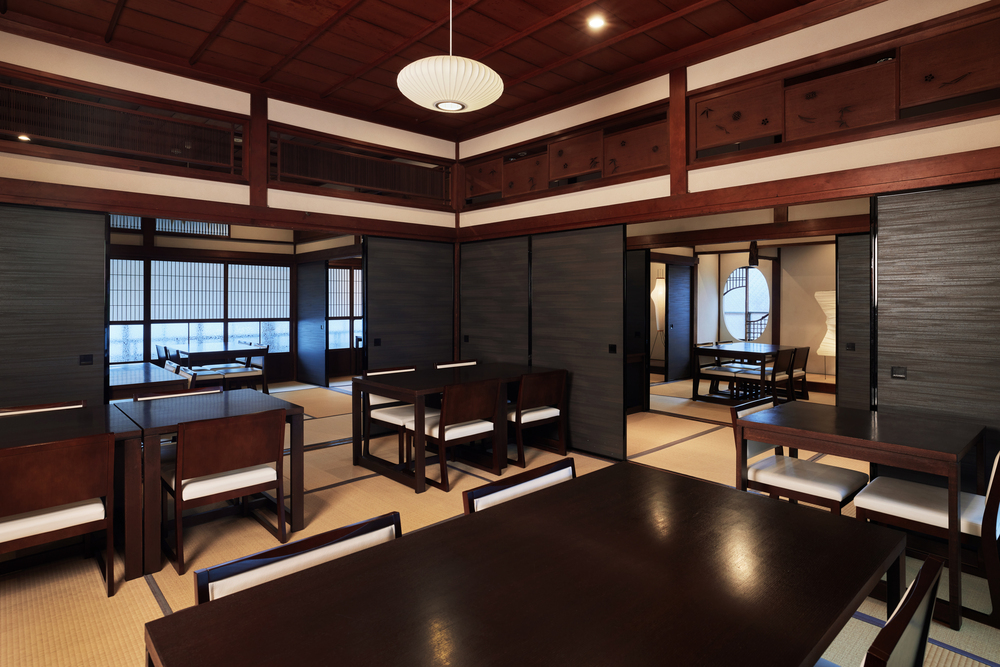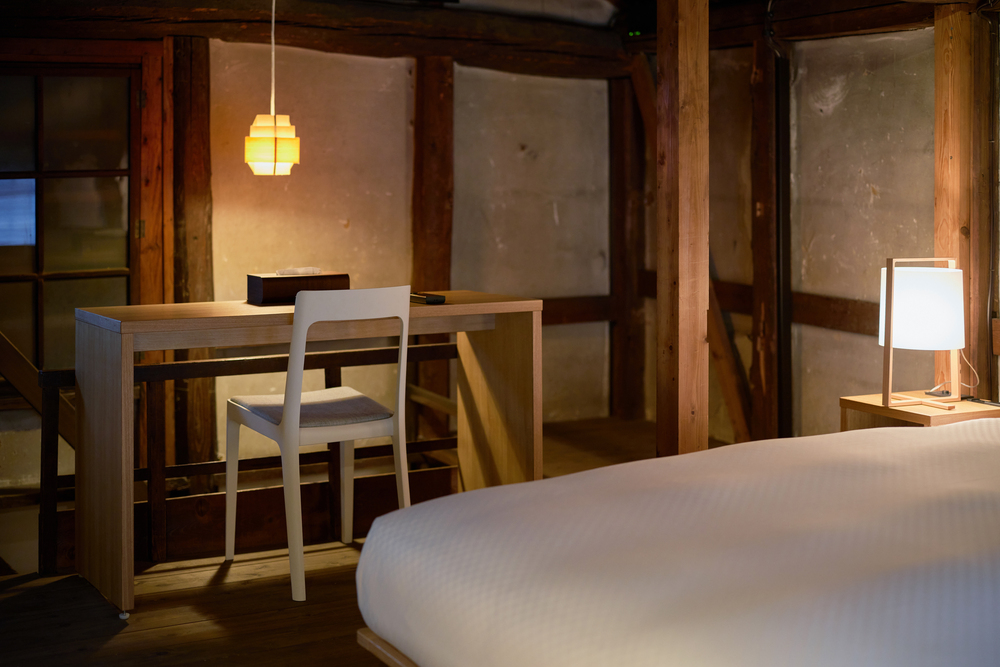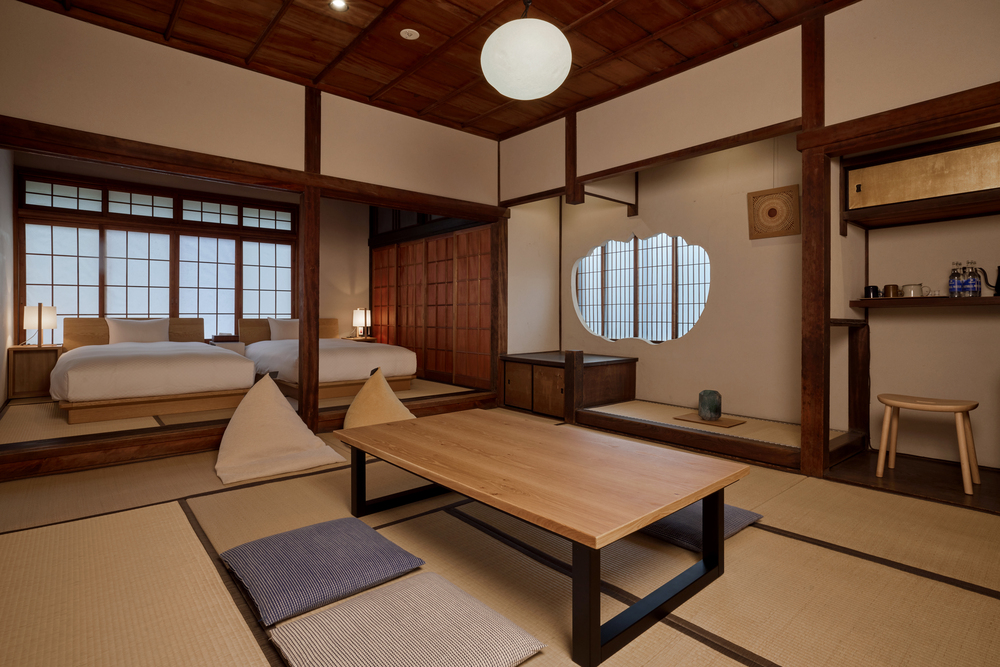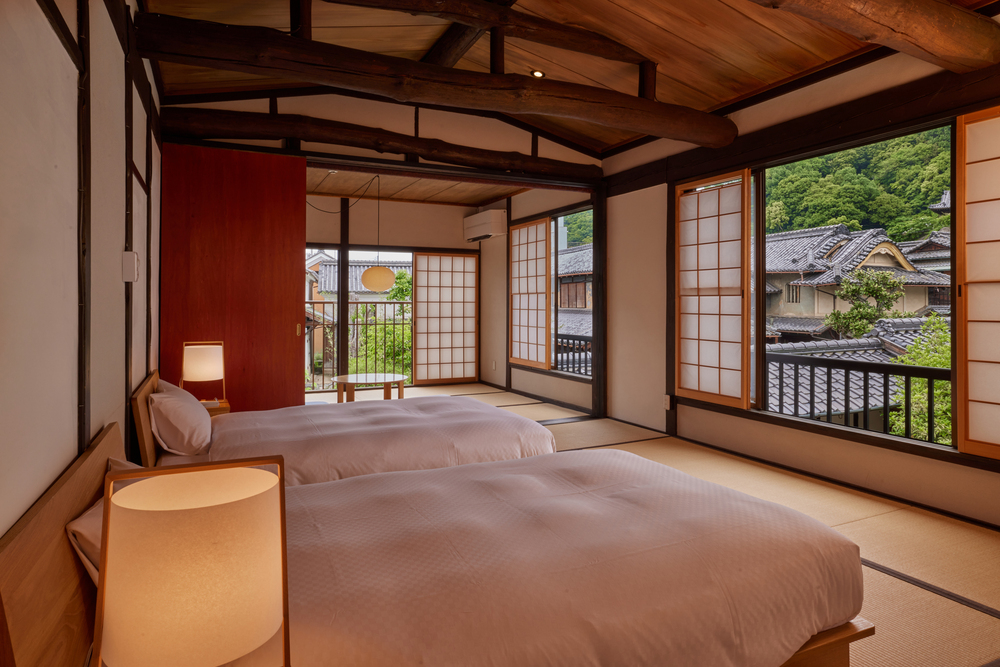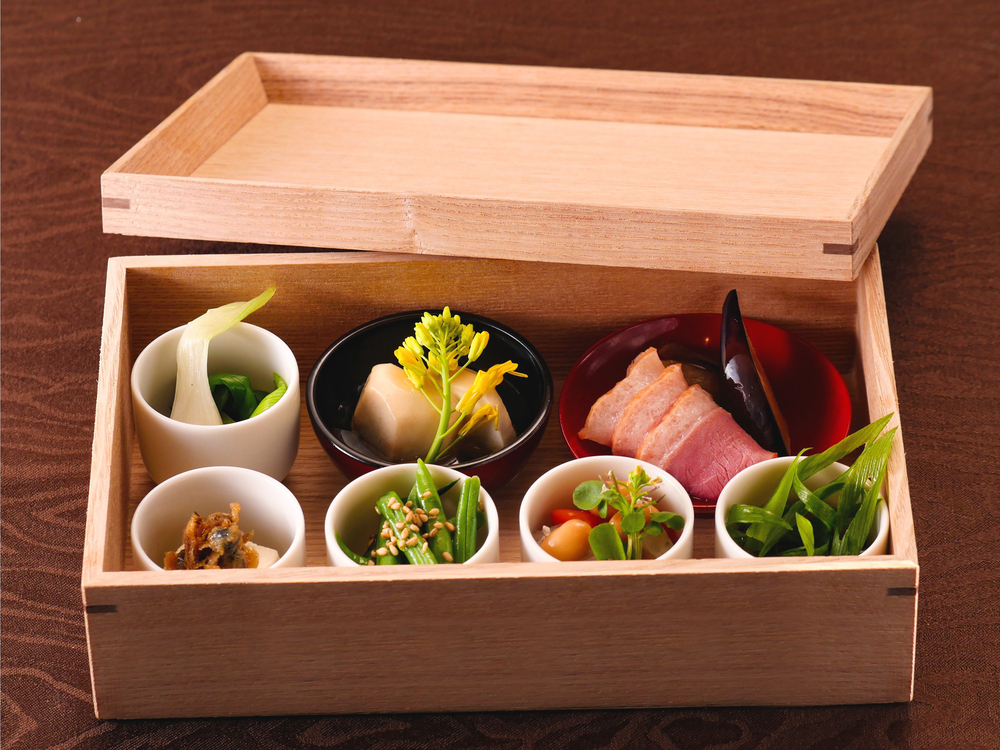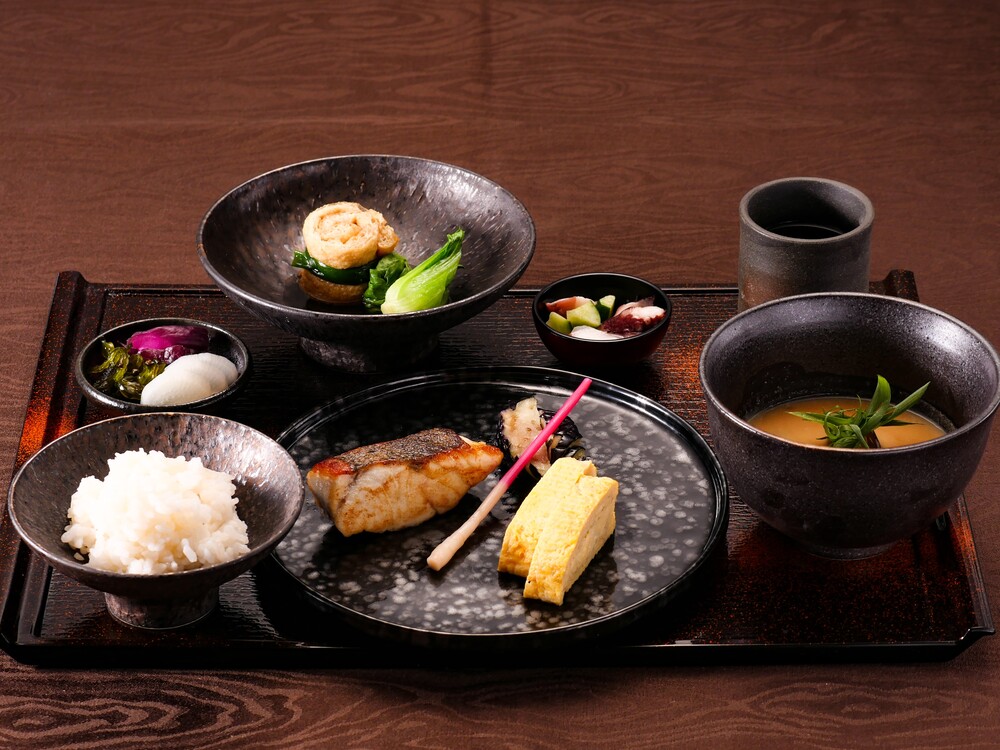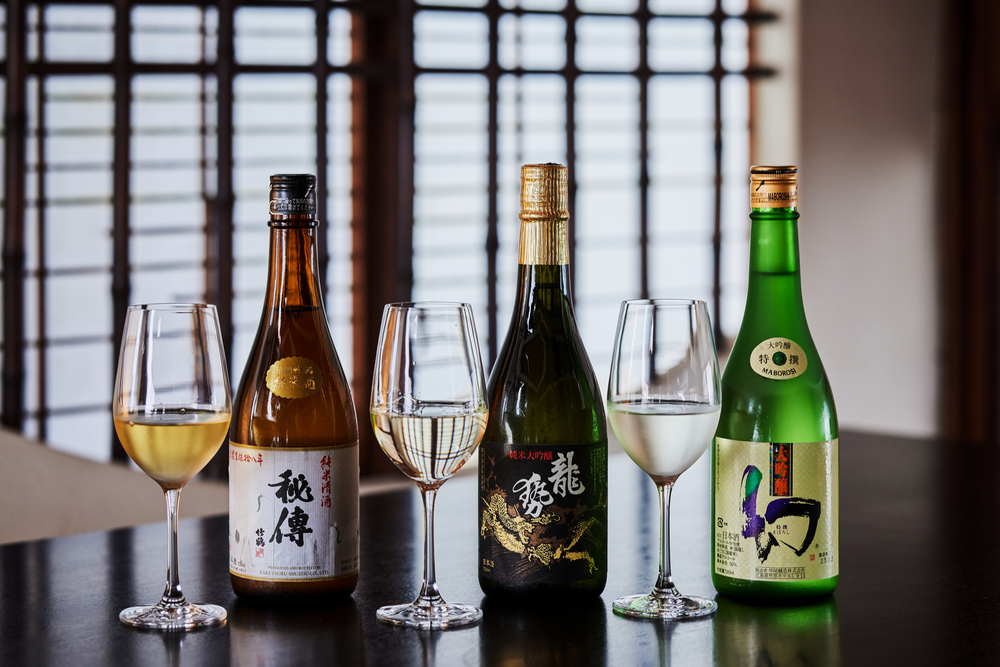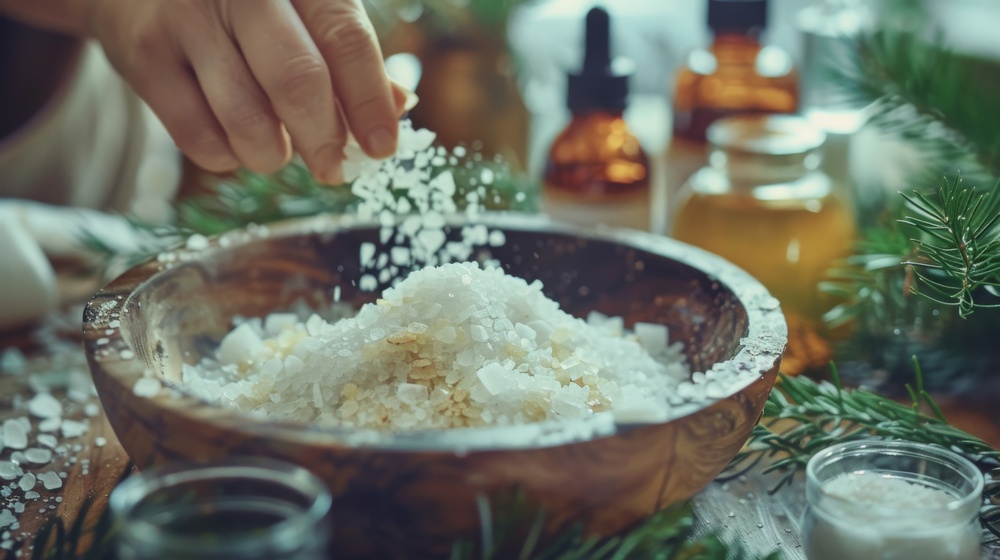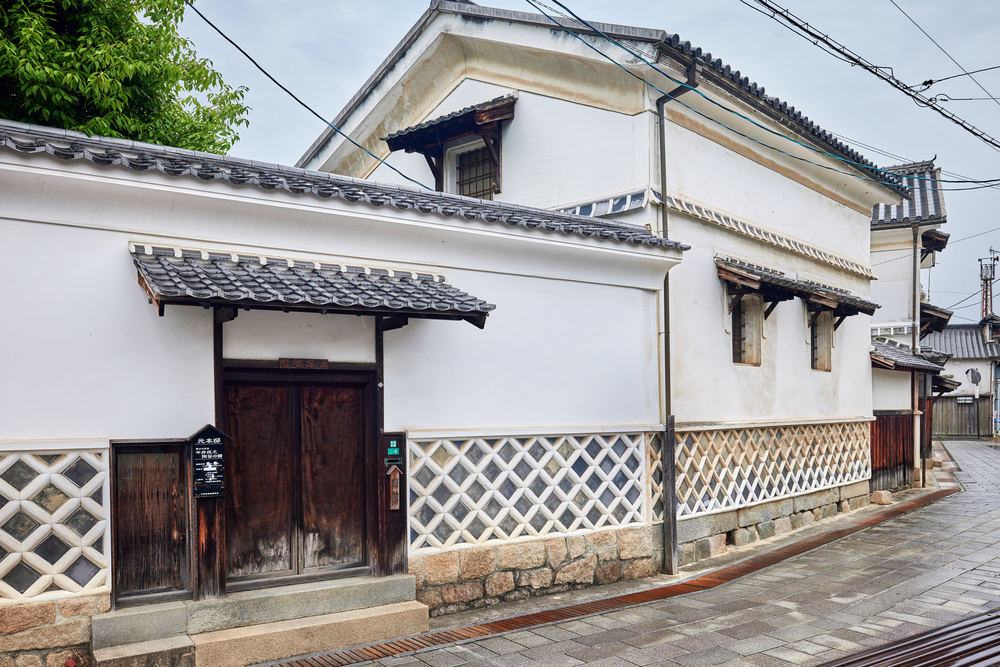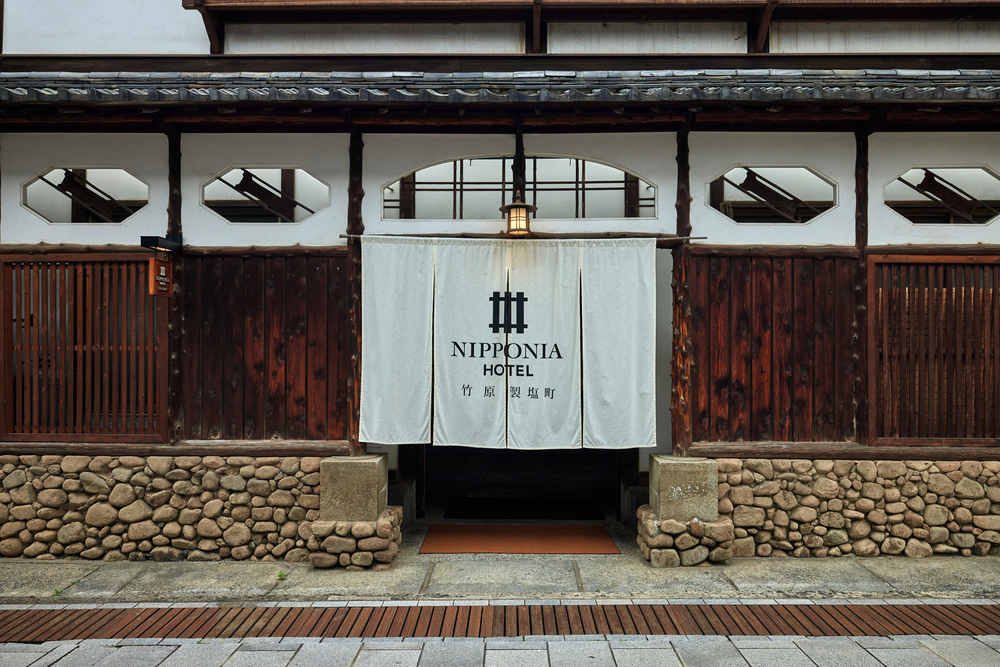A Treasure Trove of History and Culture Built on the Bounty of the Seto Inland Sea
Concept
Located in south-central Hiroshima Prefecture, the city of Takehara overlooks the Seto Inland Sea, which once nourished the salt fields that the city’s fortunes were built upon. Although Takehara’s salt industry is no more, the life-sustaining blessings of the sea remain an eternal part of the city’s story. You can discover these for yourself by staying in historic buildings that have witnessed the rise of this picturesque snapshot of traditional Japan. At the Nipponia Hotel Takehara Saltworks Town, embark on a one-of-a-kind journey of history and culture that transcends time. Nestled in the heart of the city’s preservation area, where many buildings dating back to the Edo period (1603–1867) still stand, the hotel’s guesthouses have been renovated with modern comforts while preserving Takehara’s rich history.
Discover Takehara
During the Heian period (794–1185), Takehara flourished as a manor of the Shimogamo Shrine in Kyoto, one of the oldest Shinto shrines in Japan. Given the cultural influence of Japan’s ancient capital on Takehara, the city over time earned the nickname Little Kyoto of Aki, since at the time it was part of the Aki Province (modern-day western Hiroshima Prefecture.) During the seventeenth century, Takehara experienced an economic boom when prosperous salt fields using water from the Seto Inland Sea were created throughout the area. The evidence of those opulent years remains to this day in the form of exquisite residences found in the city’s Important Preservation District for Groups of Traditional Buildings.
Expand Your Itinerary
Takehara’s connection to the Seto Inland Sea goes deeper than salt. Today, the city administers the island of Okunoshima, famous for the friendly rabbits that freely roam this scenic corner of Seto with its hiking trails and historic spots. But when exploring the islands of Hiroshima Prefecture, guests of Nipponia Hotel Takehara Saltworks Town should not miss Miyajima. Here, they can see the Itsukushima Shrine and its famous torii that appears to float above the water’s surface during high tide. And not far away is Hiroshima Castle, also known as Carp Castle, a reconstruction of a sixteenth-century fortification that once served as western Japan’s seat of power.
Our Story
Often called the Mediterranean of the East, the Seto Inland Sea enjoys a warm and sunny climate ideal for the cultivation of citrus fruit, olives, and a variety of vegetables around its shores. The Seto waters are also a treasure trove of seafood, including sea bream, octopus, shrimp, crabs, and other shellfish. Bordering the sea, Takehara has long enjoyed these bounties, as well as excellent sake produced by breweries with a long history in the area. At Nipponia Hotel Takehara Saltworks Town, our mission is to spread awareness of this historic and culinary paradise by arranging for our guests to live like Takehara’s salt magnates of old, who enjoyed the best that Hiroshima had to offer.
Tangible History
HOTEI: The hotel’s main building, where the front desk and dining room are found, HOTEI was originally established in the Edo period and operated as a ryotei (traditional Japanese restaurant) until the 1970s. Observe the expertly preserved wooden exterior and interior, representative of Japanese architecture from hundreds of years ago, and allow their timeless beauty to soothe your mind.
MOSO: The hotel’s MOSO guesthouse was constructed during the Meiji period (1868–1912) as a bank and later operated as a ryokan (traditional Japanese inn). Its remarkable architecture combines the commanding, solid appearance of an old financial institution with the warm, welcoming atmosphere of a lodging facility—two worlds that come together in perfect harmony to create lifelong memories for our guests surrounded by tangible Japanese history.
KIKKO: Of all the buildings at Nipponia Hotel Takehara Saltworks Town, the building called KIKKO has possibly the most diverse history. Having been a sake brewery during the Meiji period, it was reinvented as a billiard hall and went on to become various other entertainment facilities throughout the twentieth century. Today, it contains the hotel guestrooms, offering easy access to the city’s important cultural assets, like the former Matsusaka family residence across the street.
Rooms
Nipponia Hotel Takehara Saltworks Town offers ten luxurious rooms designed to make you feel like a great salt magnate. The accommodations are decorated in two colors: white to represent salt and koji mold (used in making sake) and blue to represent the Seto Inland Sea. These colors together with the well-preserved traditional interiors create a welcoming space and a tangible link to the culture of Takehara. The rooms differ in size from forty-two to sixty-six square meters and can accommodate one to four guests each. The VMG Premium room also comes with a private garden.
Restaurants & Dining
Le Un: At Le Un, you’ll be dining on Hiroshima specialties, including “oyster bonbons,” known for their sweet taste, and Togeshita beef, with its exceptionally tender texture and rich flavor. We offer this magnificent bounty of the Seto Inland Sea area and elevate it with that most common of ingredients: salt. While salt may be a basic seasoning, at our restaurant you will find special varieties from all over the country, in addition to Takehara salt, which is not available to the general public. Takehara’s production of salt, closed down and forgotten long ago, has been revived on a smaller scale to add a little something special to the dining experience for our select clientele.
Also adding flavor to our dishes is slow-aged soy sauce produced in Osakikamijima from carefully selected ingredients using traditional methods. In addition to our sake from Takehara’s breweries with their 150-year history, you can enjoy local whisky and Hiroshima craft beer as well as fruit wine and soft drinks made from citrus fruits produced around the Seto Inland Sea.
Capacity: 50
Opening Hours:
Lunch: 11:30 a.m.–3:00 p.m. (L.O. 2:00 p.m.)
Dinner: 5:30 p.m.–10:00 p.m. (L.O. 8:00 p.m.)
Cultural Experiences
Salt-Making Experience: Explore the roots of Takehara’s affluence in this workshop where you’ll learn the traditional methods of making salt by boiling seawater. At the end of the course, you’ll receive 50 grams of handmade salt.
Bamboo Craft Experience: Enjoy Japanese handicrafts at a special workshop held in a renovated storehouse. Try your hand at making a traditional bamboo basket under the supervision of local bamboo artisans for a one-of-a-kind experience and souvenir of your time in Takehara.
Kimono Experience: Take a trip back in time by strolling through the charming Takehara townscape while wearing an authentic kimono from the Taisho period (1912–26) or the Showa period (1926–89).
Our Difference
It was once thought that the soil of Takehara produced outstanding scholars, enlightened figures, and people of substance who were able to discern and enjoy the finer things in life. We at Nipponia Hotel Takehara Saltworks Town regard our guests as having this special ability. We want to take you on a journey back to the time when Takehara manifested the quiet, timeless elegance of traditional Japanese culture. We will connect you with this land through the bounty of the Seto Inland Sea and accommodations that honor the city’s great past. Come luxuriate in the flow of eternity at Nipponia Hotel Takehara Saltworks Town.
Welcome
Our mission is to present our guests with the gift of time. Time that flows endlessly through the nature and culture of Japan. Time set aside to make lifelong memories with your loved ones. Time that you will one day reflect back on with a smile. We strive to give you those experiences through the art of Japanese hospitality, the distinctiveness of accommodations that tell rich stories from Japan’s great past, and the breaking of language barriers by our English-speaking staff. We hope to see you soon.
Number of rooms: 10
Capacity: 1–4 guests per room
Check-in: 3:00 p.m.–8:00 p.m.
Checkout: until noon
Languages: Japanese & English
Tel: +81 (0)120-210-289
Hotel Address:
3-16-33 Chuo, Takehara-shi, Hiroshima 725-0026, Japan
Front Desk : Nipponia Hotel Takehara Saltworks Town<Morikawa House Former>

